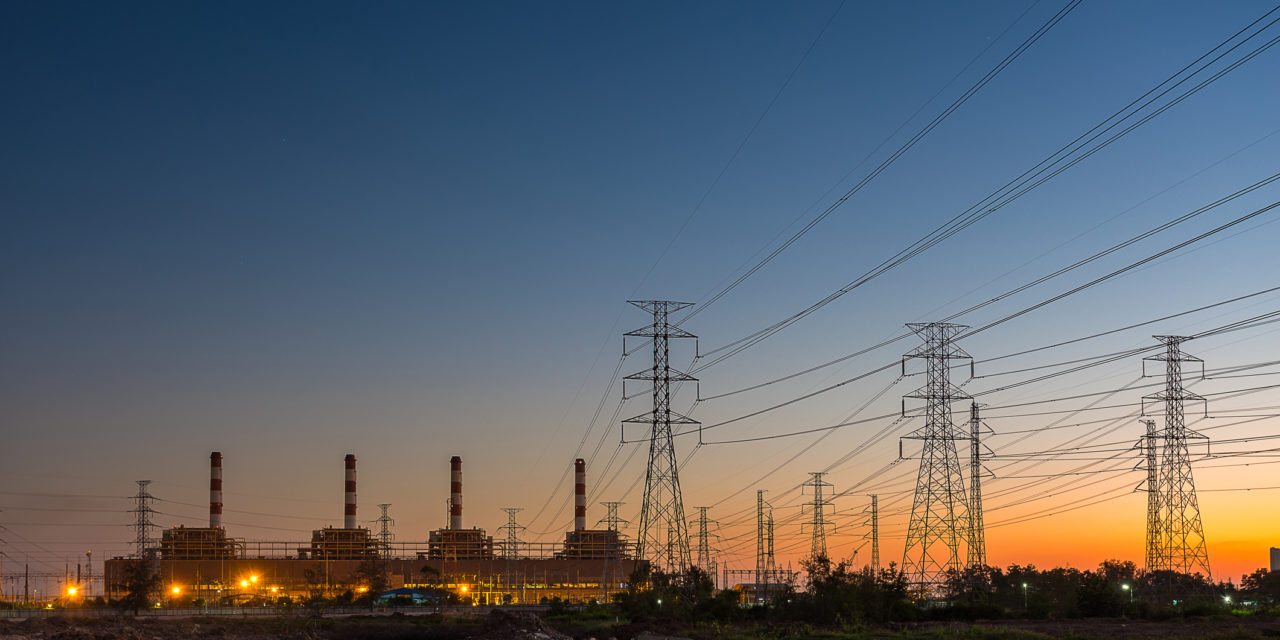According to the organization in charge of the reliability of the United States power grids, a large portion of North America is at risk of insufficient electricity supplies during peak winter conditions.
Higher peak demand projections, generator retirements, generator vulnerability to extreme weather, and fuel supply and natural gas infrastructure limitations are causing reliability concerns, according to the North American Electric Reliability Corp (NERC) in a webcast of its 2022-2023 Winter Reliability Assessment.
Power demand has increased by more than 7% since last winter
In Texas, NERC predicts that power demand is increased by more than 7% since last winter. That results in lower reserves margin. The U.S. has to be prepared while noting that generators and fuel supplies are still not threatened by extreme and prolonged cold, such as the Texas freeze of February 2021. Then the state’s grid operator imposed rotating power outages.
According to NERC, Texas has limited ability to import power from other regions due to a lack of interconnections.
NERC reported that reserve margins in the Midcontinent Independent System Operator (MISO) territory in the United States Midwest have fallen by more than 5% since last winter as retired generation exceeds replacement capacity.
Energy emergencies are likely in extreme conditions, according to NERC, with wind generator performance being a key factory this winter.
Electricity generators to fill their tanks
NERC warned that the amount of oil stored at power generators in New England was only about 40% of capacity.
We encourage generators to fill those tanks, said Mark Olson, NERC’s manager of reliability assessments, during the webcast.
Following Russia’s invasion of Ukraine, the combination of low oil stockpiles and record high global demand for liquefied natural gas (LNG) raises fuel availability risk in the six-state New England region, according to NERC.
Power plant shutdowns in recent years, as well as other measures that have reduced electricity supply as the country attempts to transition to lower-carbon energy sources, have come at the expense of grid reliability, according to Jim Matheson, CEO of the National Rural Electric Cooperative Association.
We need to be very cautious as a country, and perhaps more so in certain regions than others, said Matheson, whose organization represents about 900 private electric cooperatives that serve 42 million people in all but three U.S. states.
But, according to Matheson, “this concern exists everywhere about taking capacity offline when it is not being replaced in a reasonable or reliable way.”

